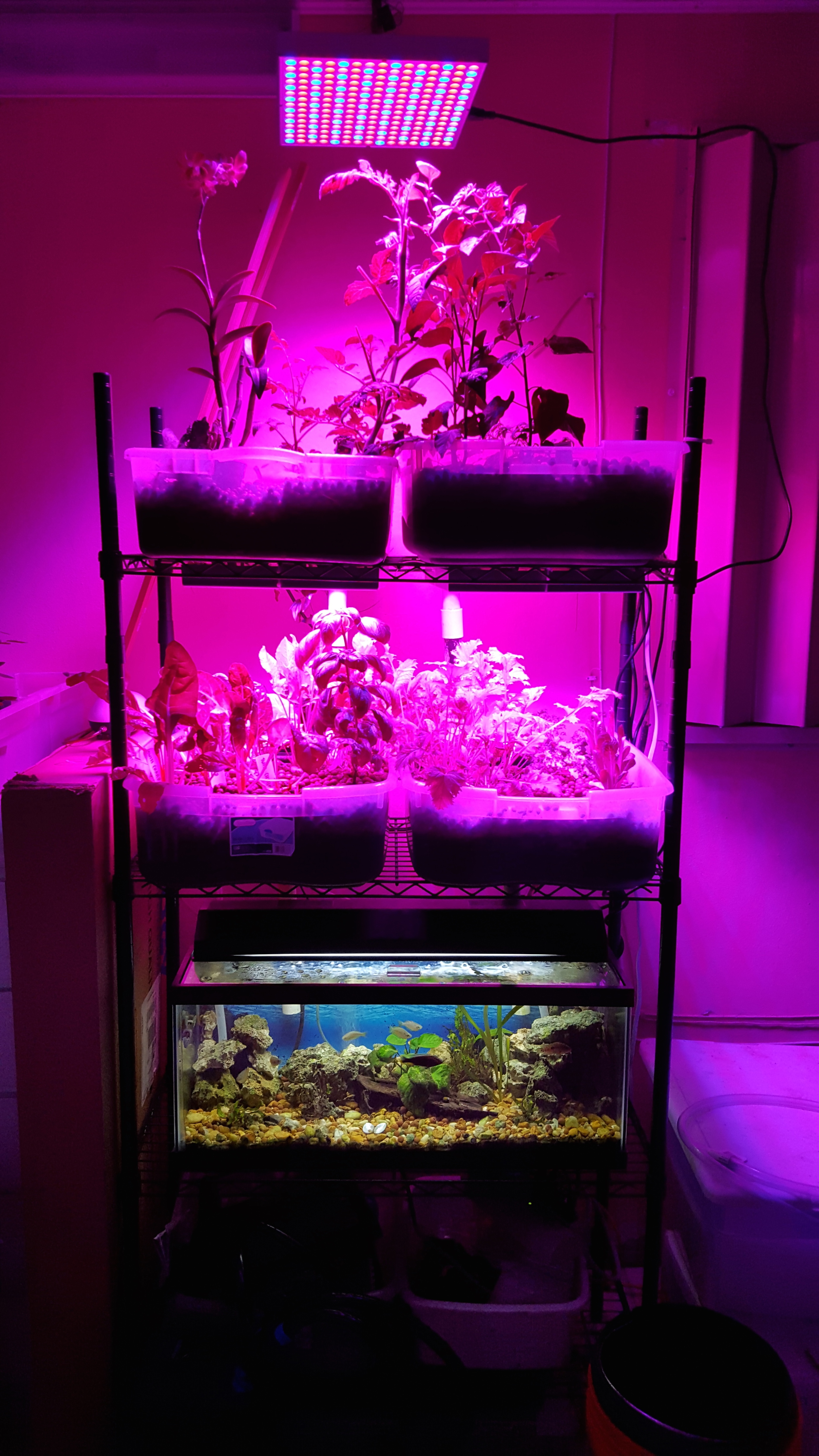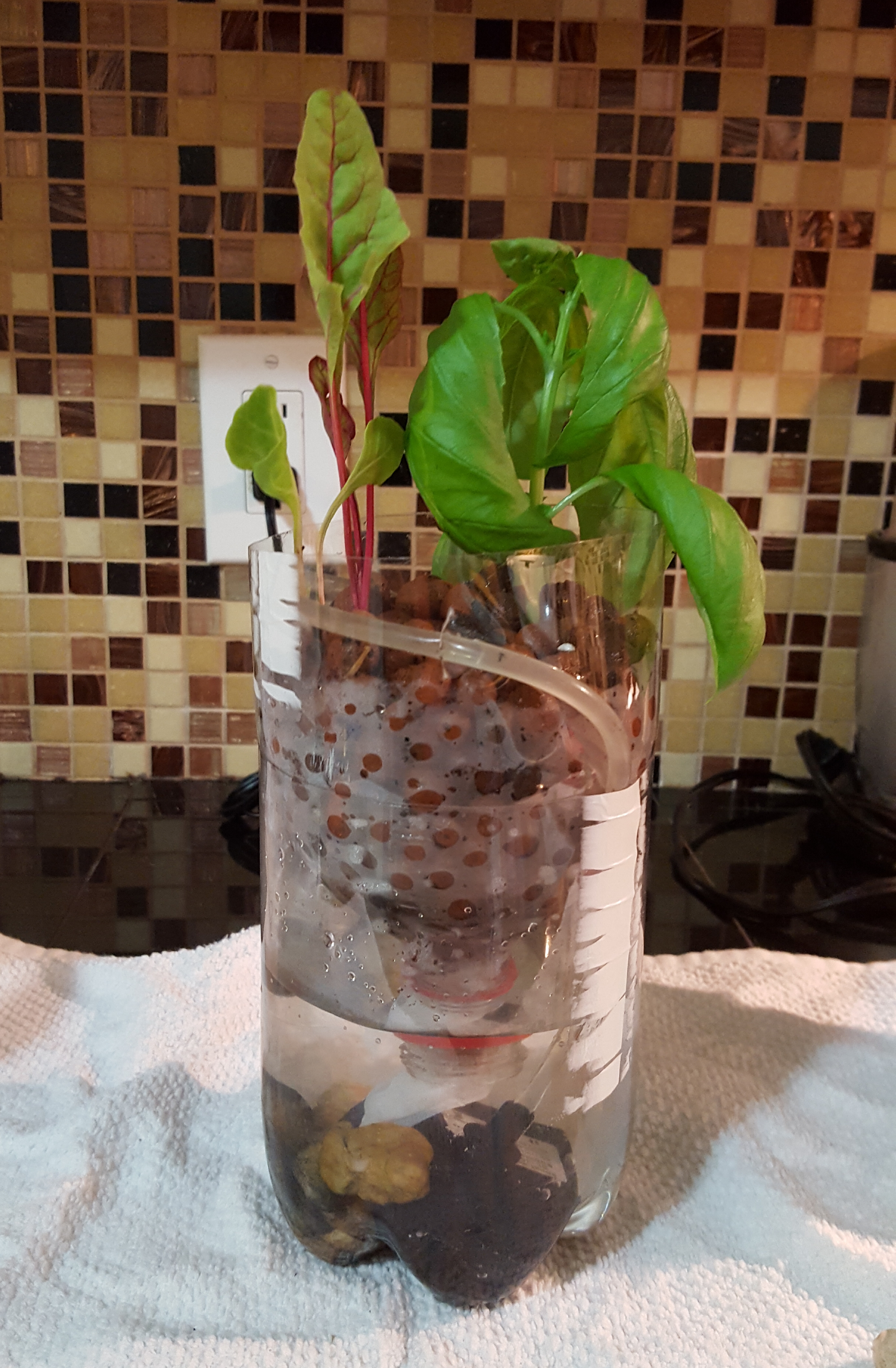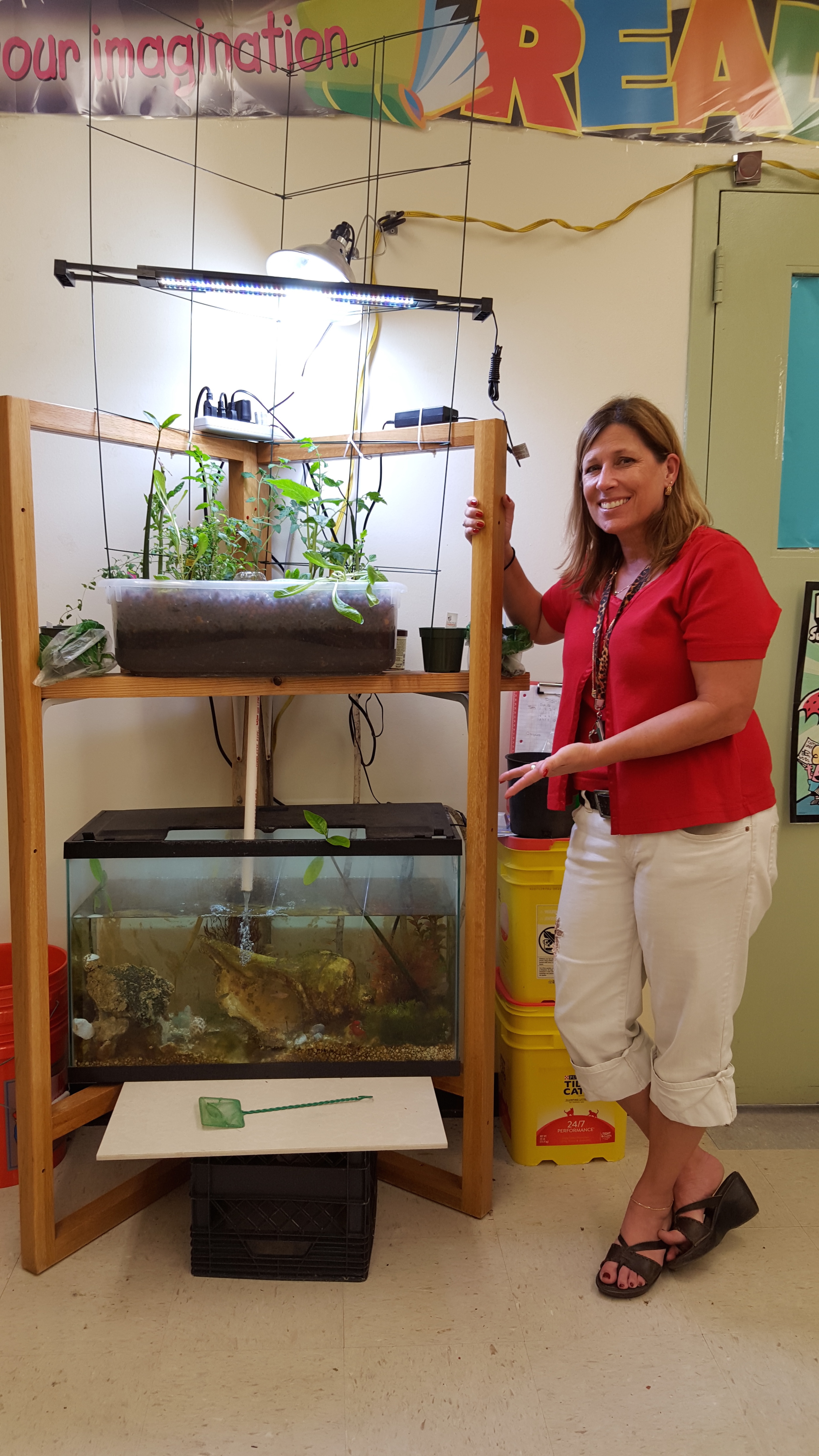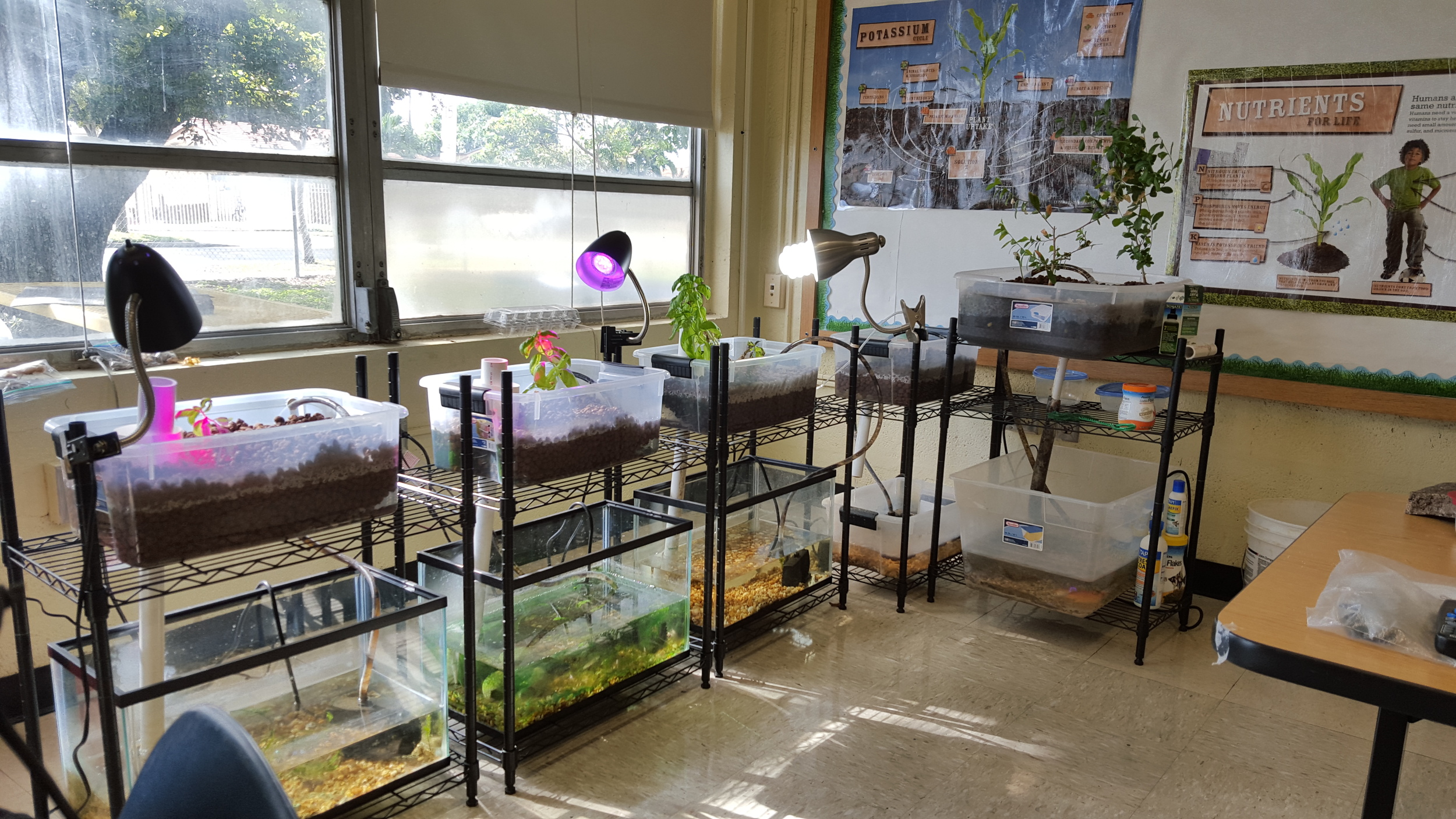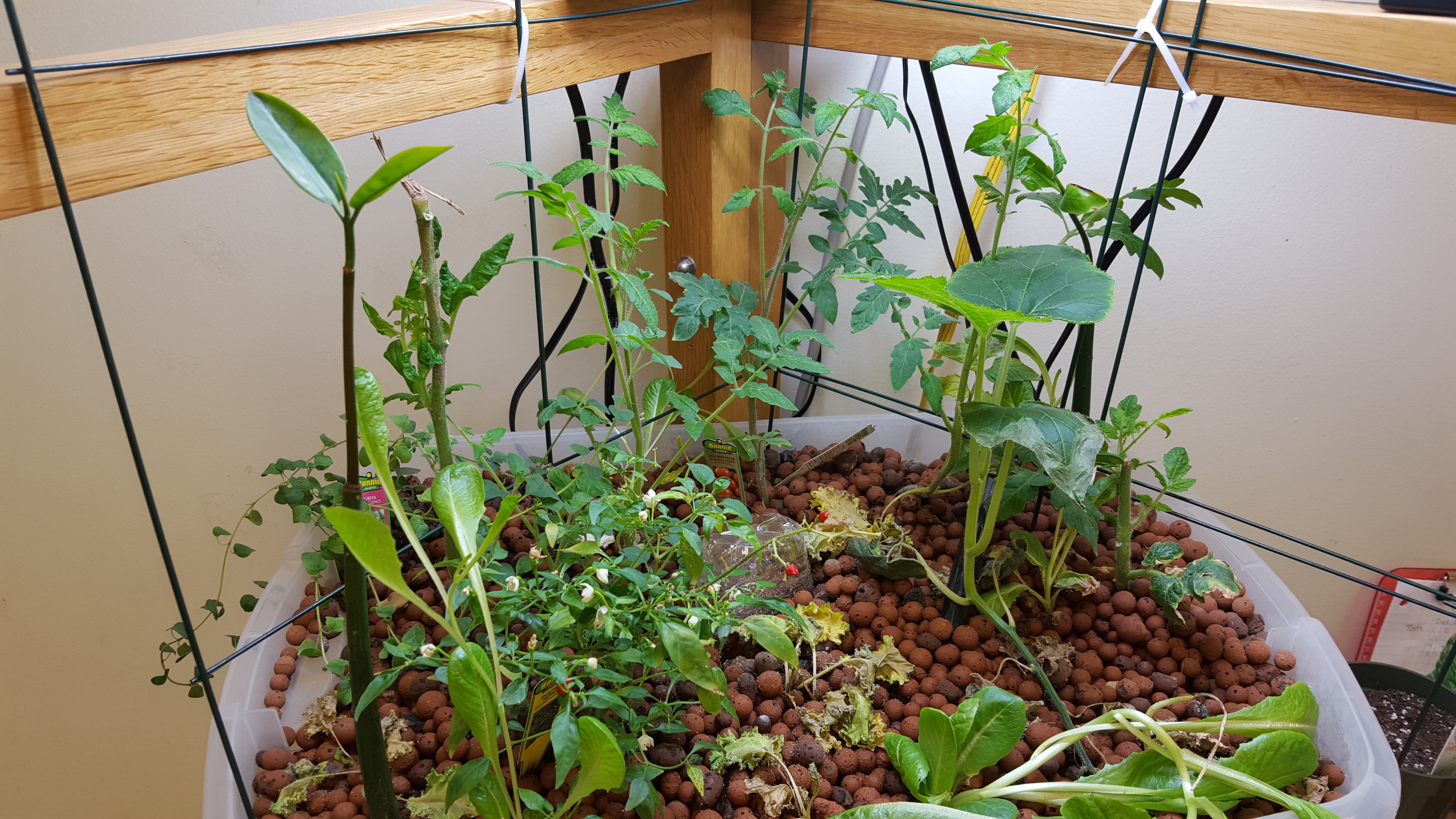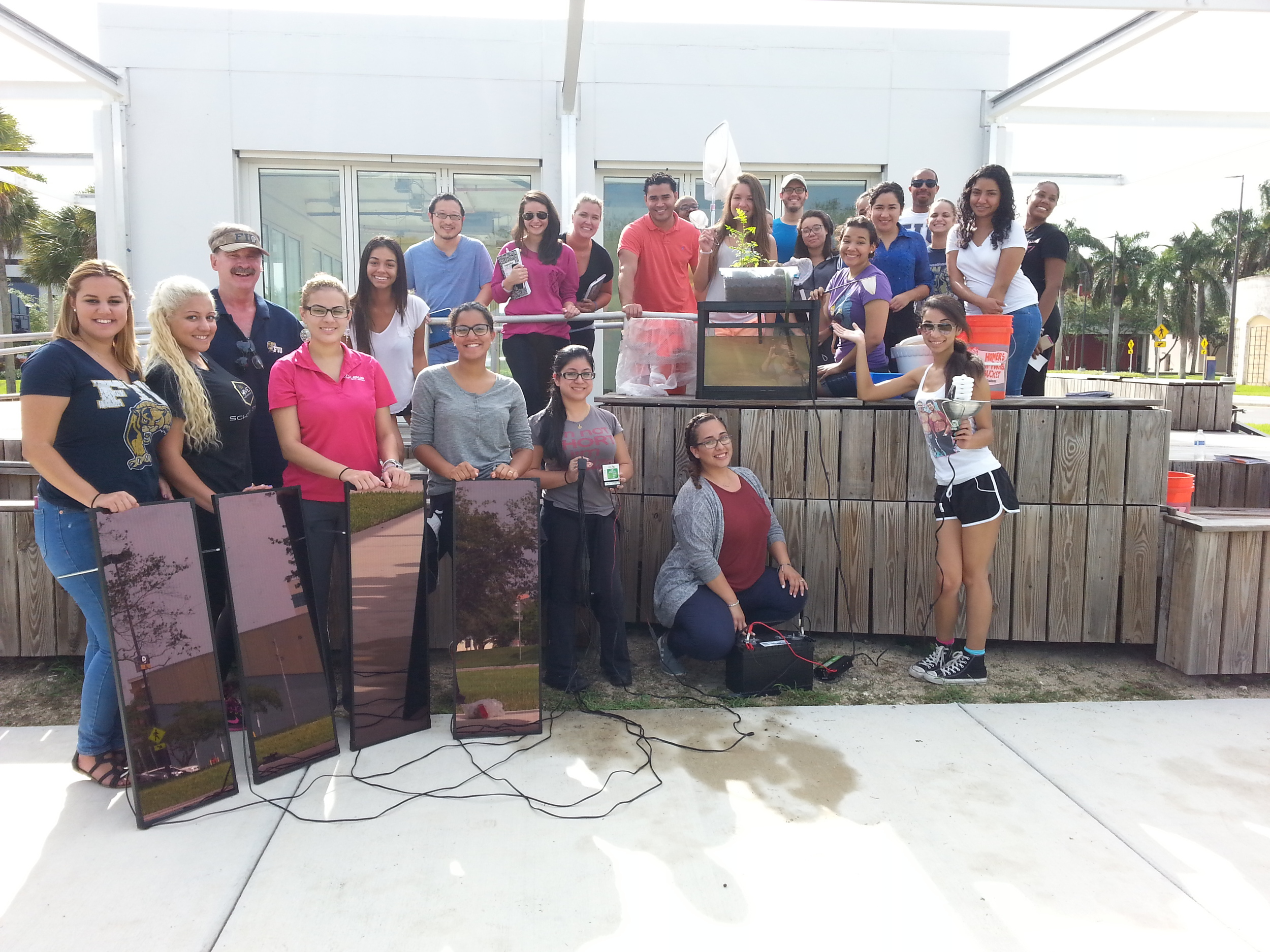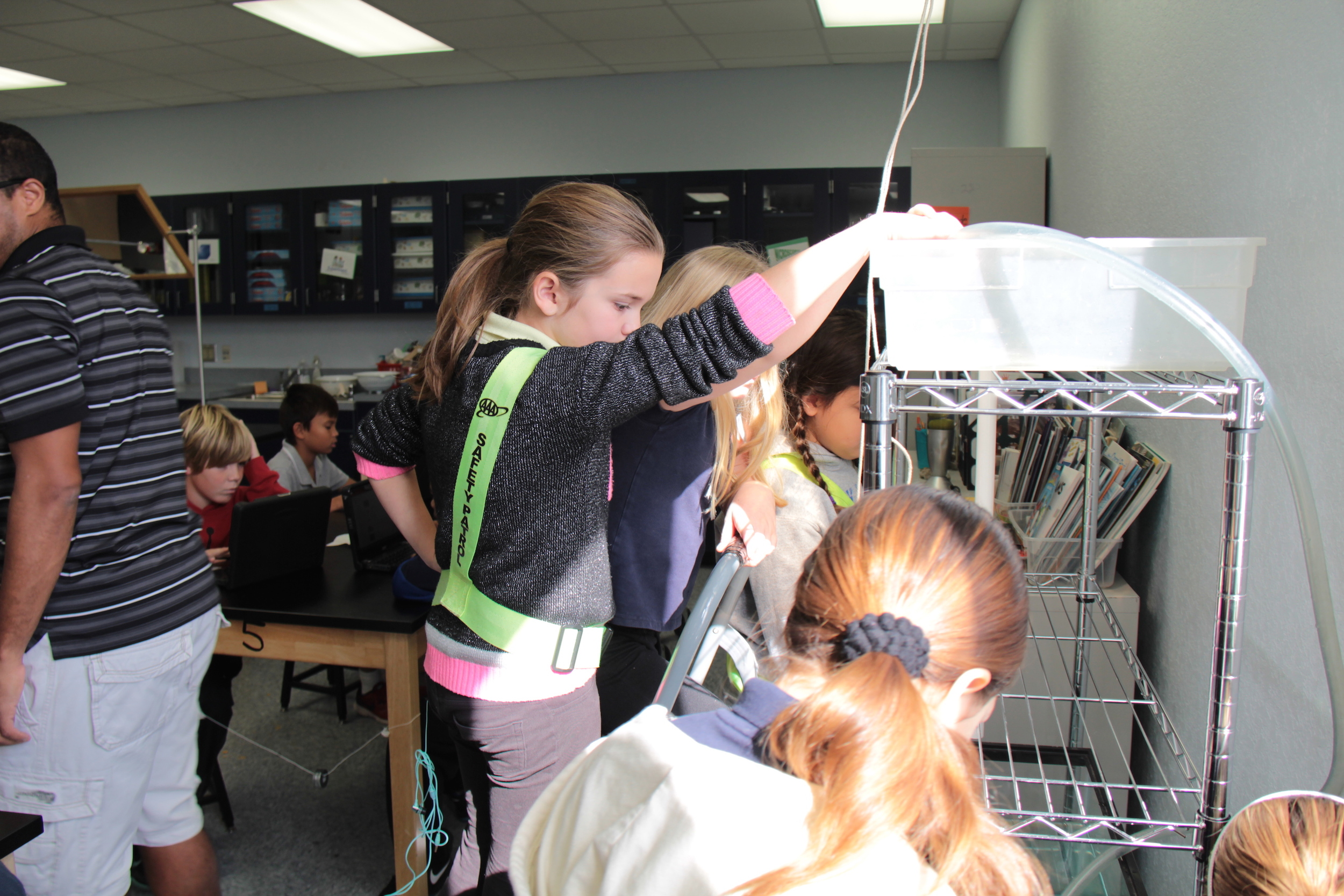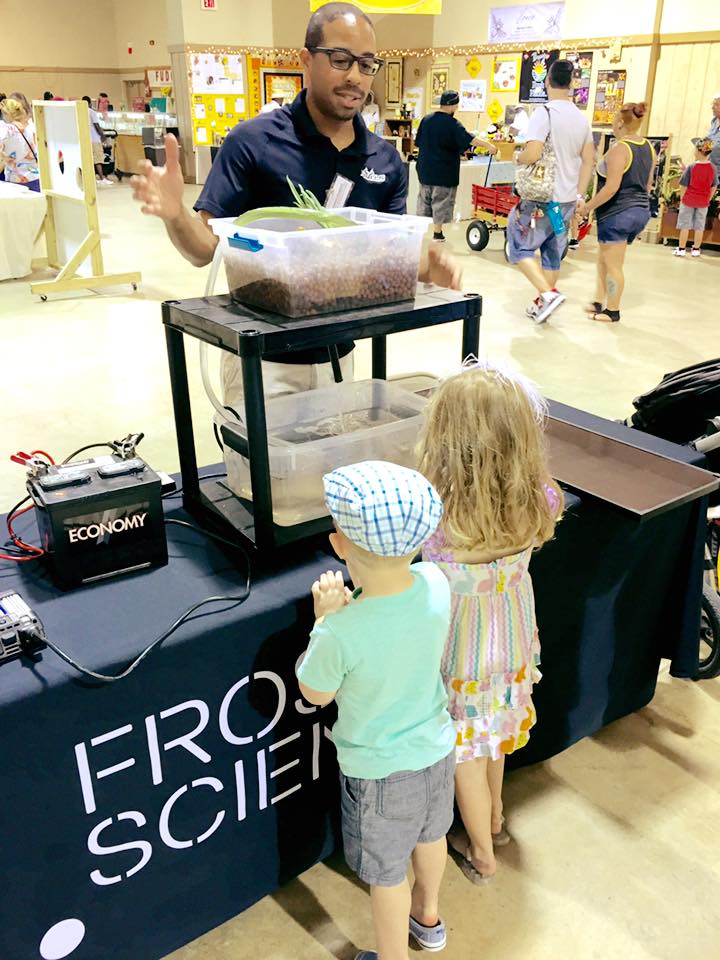What is Aquaponics (Community Outreach)?
“Based on ancient farming techniques (e.g., Aztec chinampas), modern aquaponics first appeared in the 1970s and has developed into a commercially viable enterprise. Aquaponics is the production of fish and hydroponic crops in an integrated system that recirculates water: nutrient-rich fish waste fertilizes plants, and by removing nutrients the plants provide clean water that is recycled to the fish tank. This integrated system virtually eliminates agricultural runoff, conserves water through treatment and recirculation, and conserves land through higher crop yields per unit area. Aquaponics is particularly well-suited to urban areas, especially where uncontaminated fertile land and freshwater are scarce.”

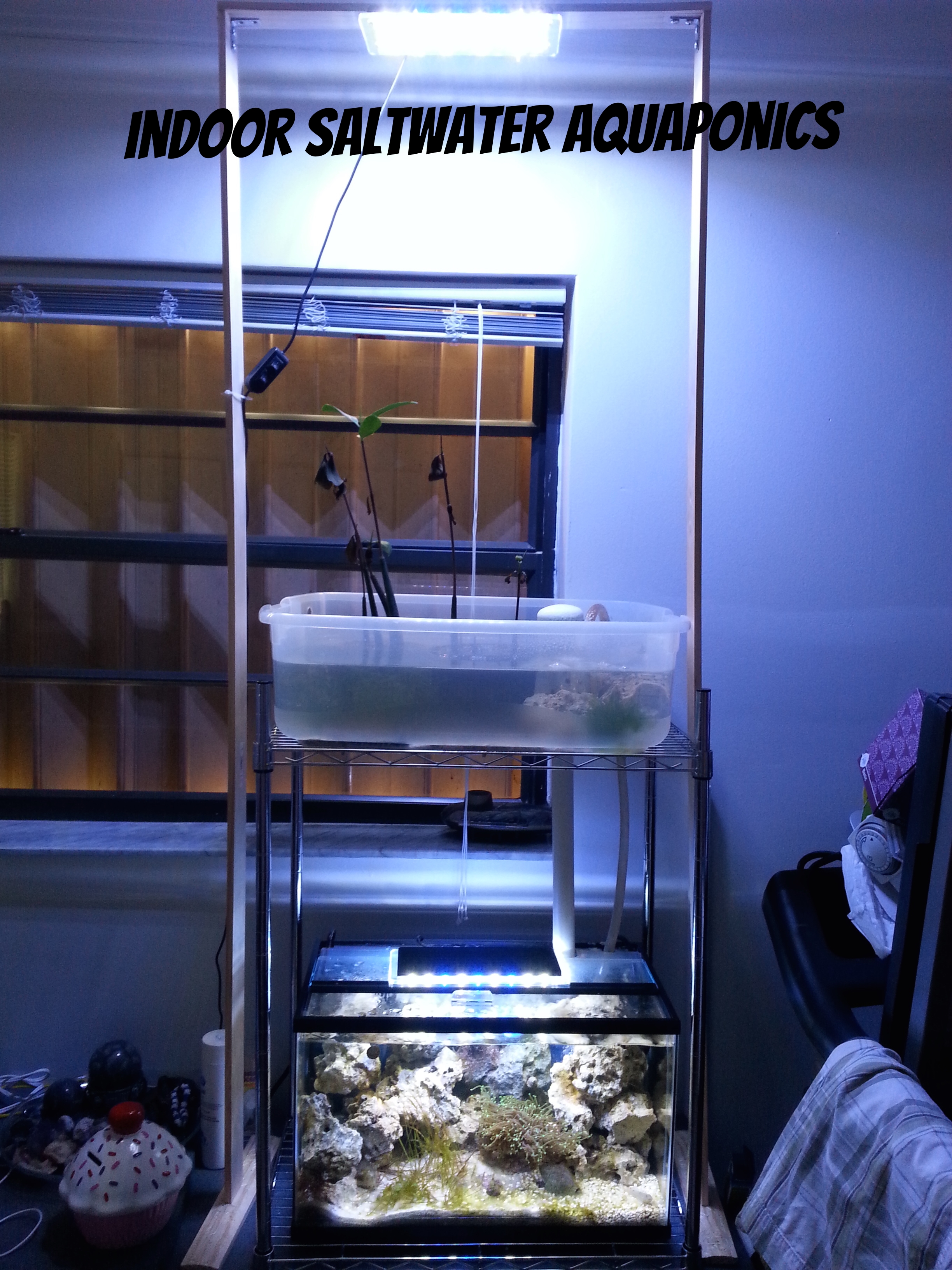
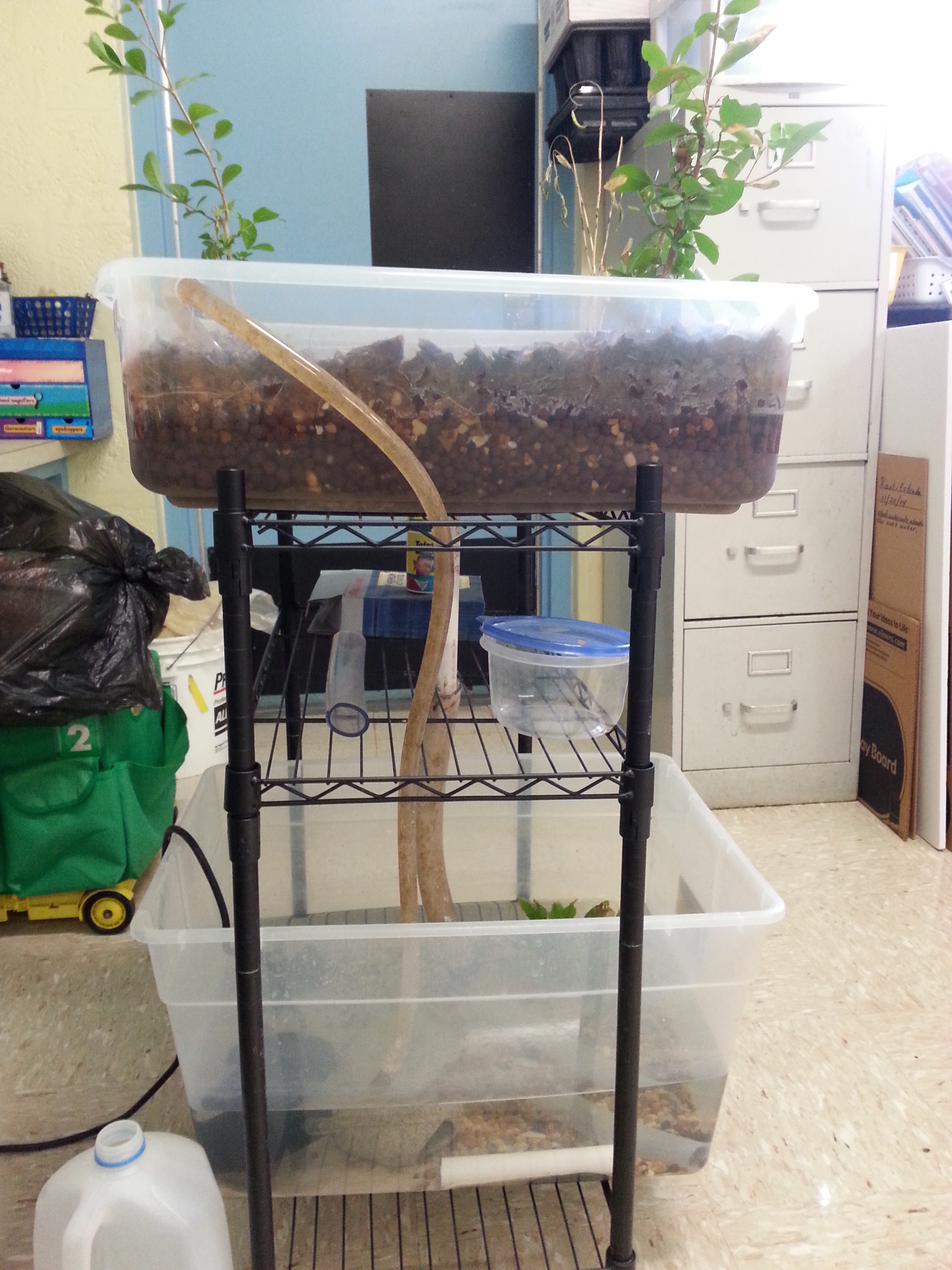
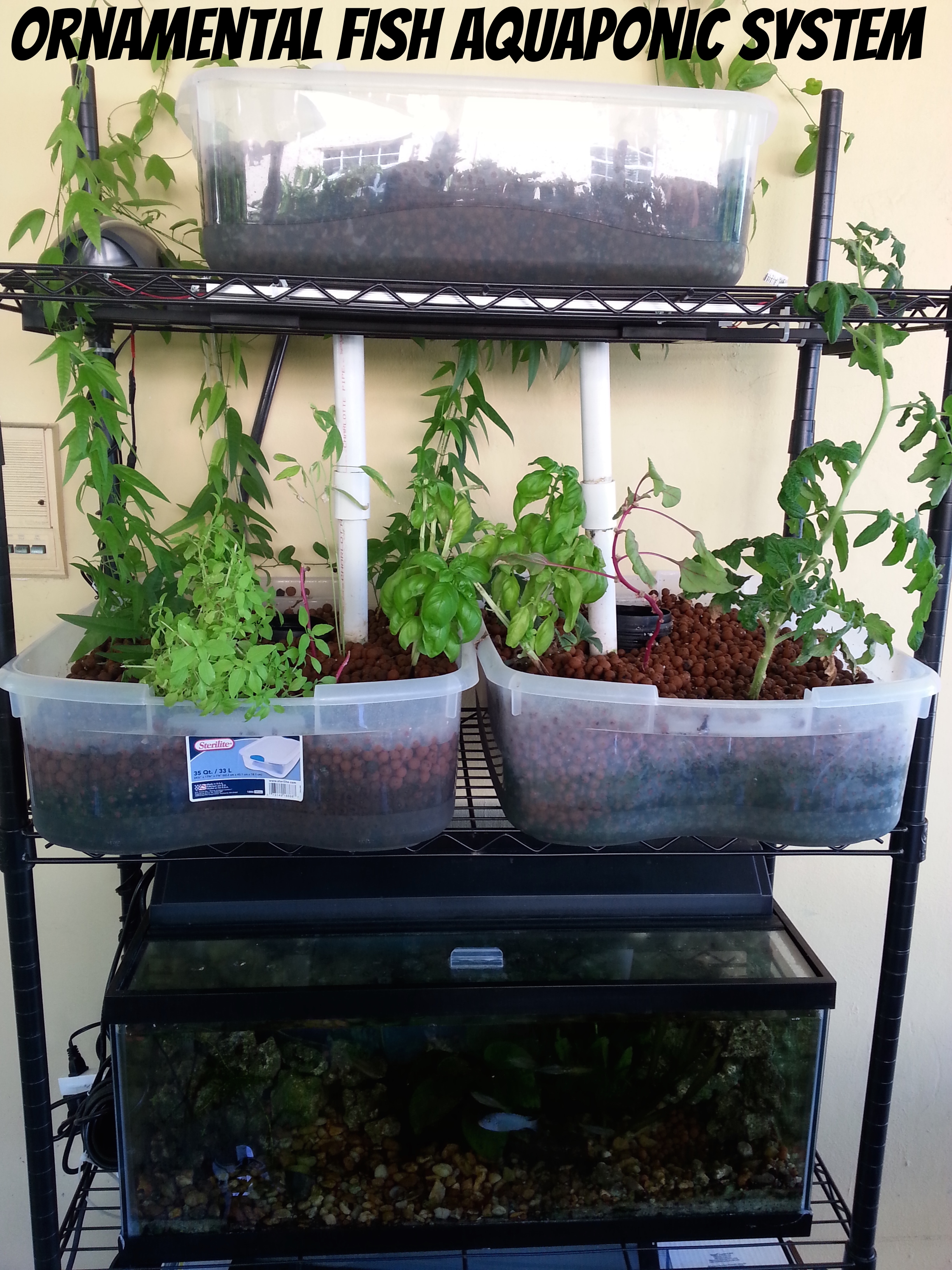
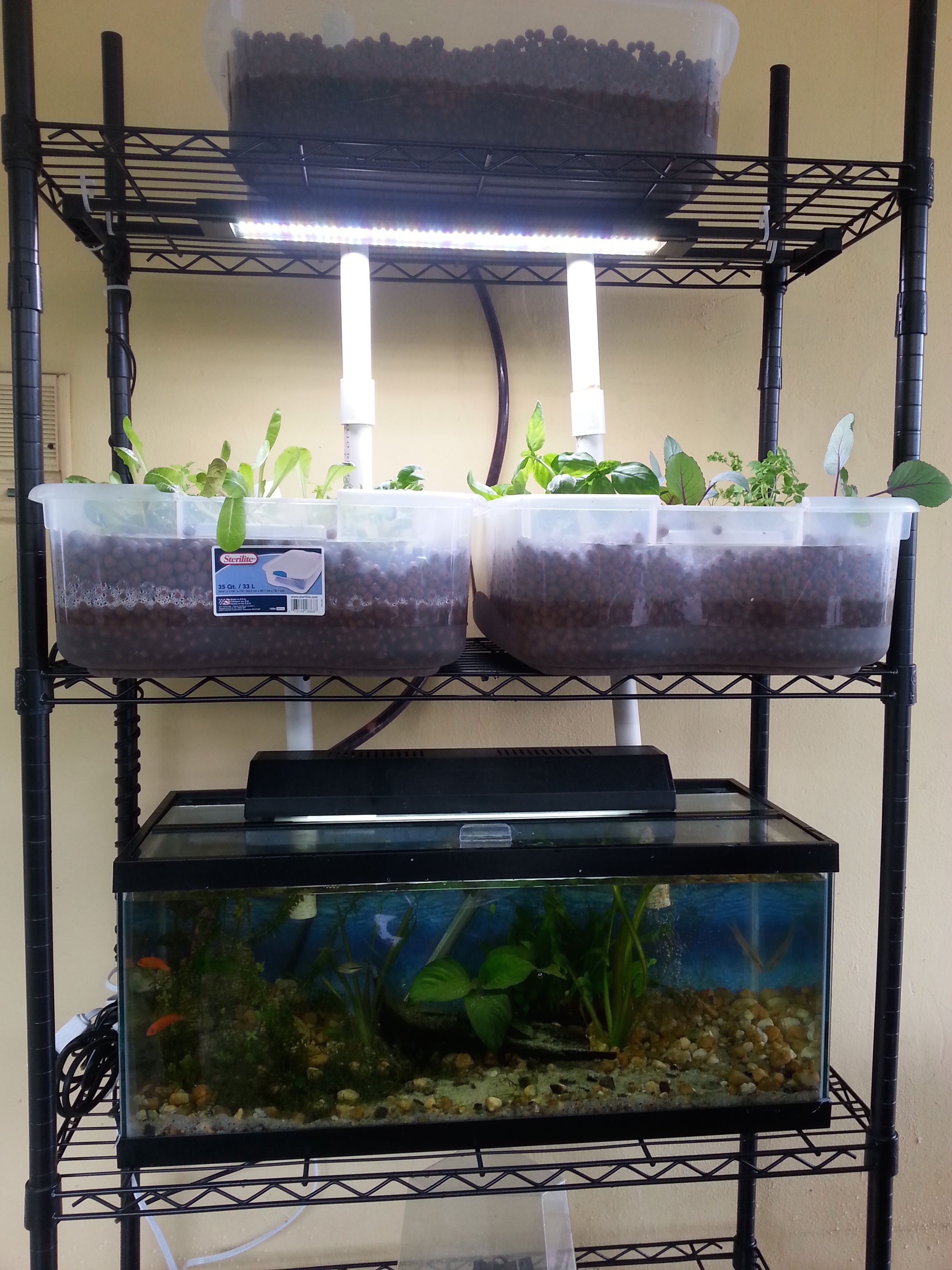
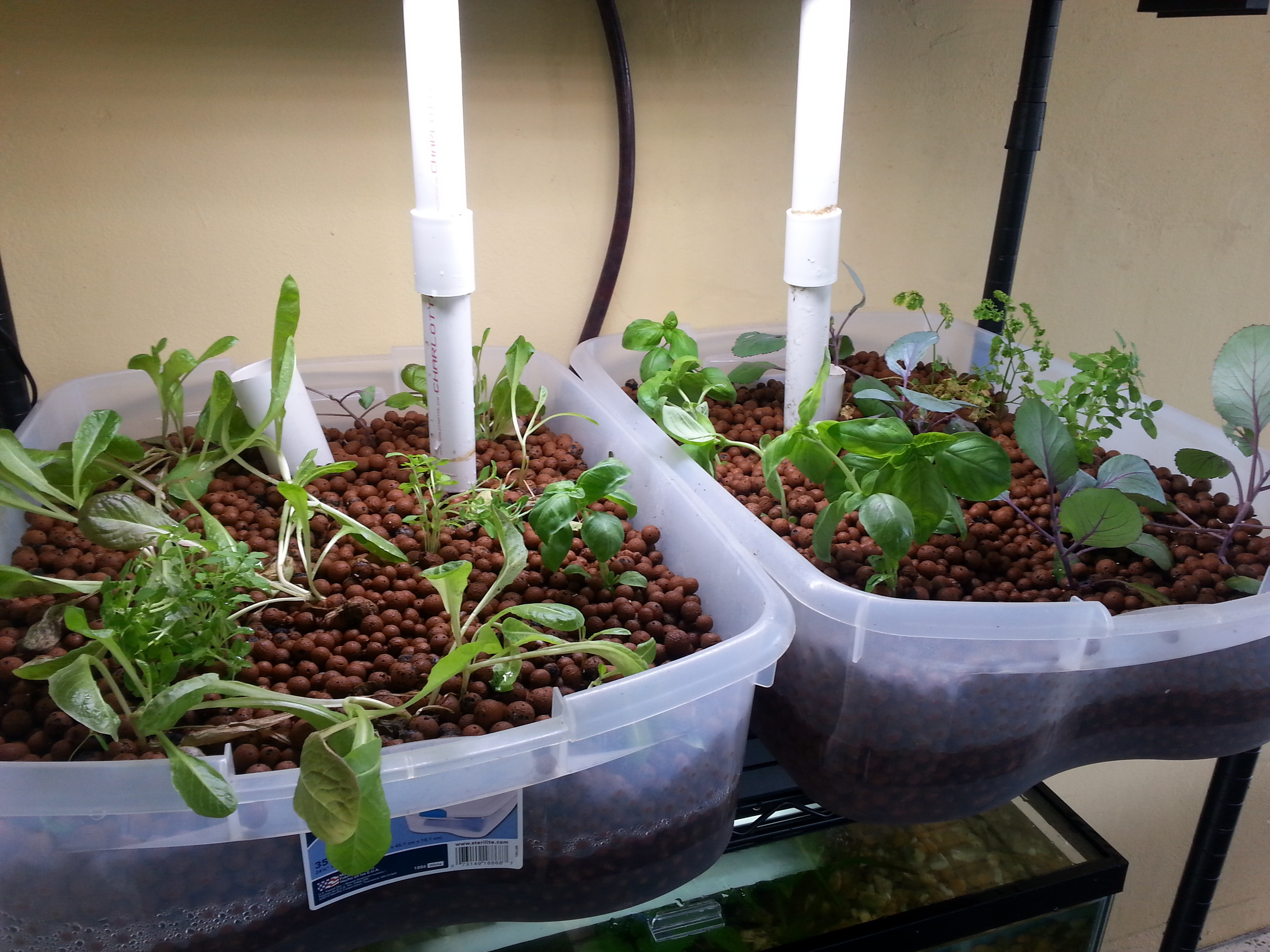




Aquaponic systems are emerging as more efficient alternatives to conventional agriculture practices. Traditional methods for gardening will have to adapt to climate change (e.g., drought, hot temperatures, water deluge). Aquaponic systems allow people to grow food locally utilizing less space and often less resources. Constructing an aquaponic system requires more creativity and imagination than materials specific for the actual system. Most components can be reused materials such as storage containers and PVC pipes. Watch the video below to learn more about aquaponic systems.
Experiential learning about resource sustainability through the application of aquaponic systems and renewable energy (rechargeable battery connected to solar panels) presents an opportunity to excite and motivate people about science and math. Despite the topic covering aquaponic systems, many subjects including engineering, math, and science are essential to successful aquaponic system implementation in the house, backyard, or classroom.
I engage participants in an "Urban Gardening: Aquaponic Systems" interactive program where they assemble a demo-aquaponic system and then provide power for the water pump and plant gro-light using a battery and solar panels. Afterward, participants construct a personal mini-aquaponic system using mostly reused materials to take home. Frederick Douglass said, "Once you learn to read, you will be forever free." I say, "If you can grow some of your own food in small spaces, hunger will cease to exist."

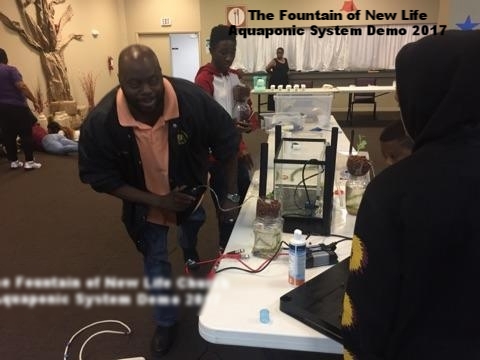

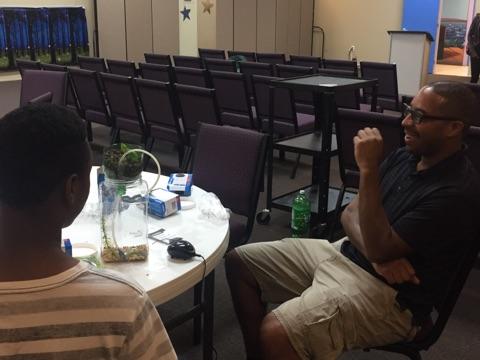


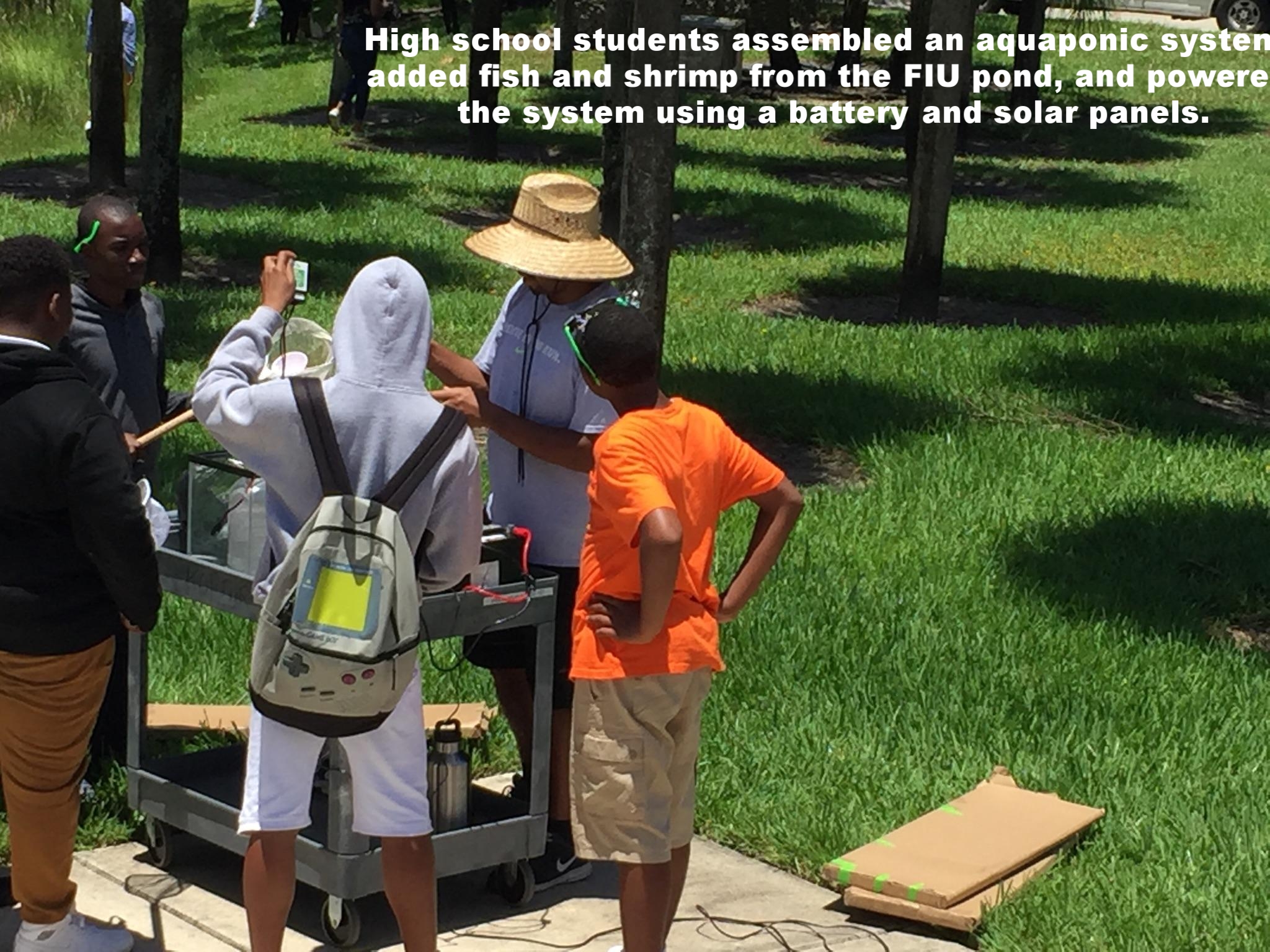
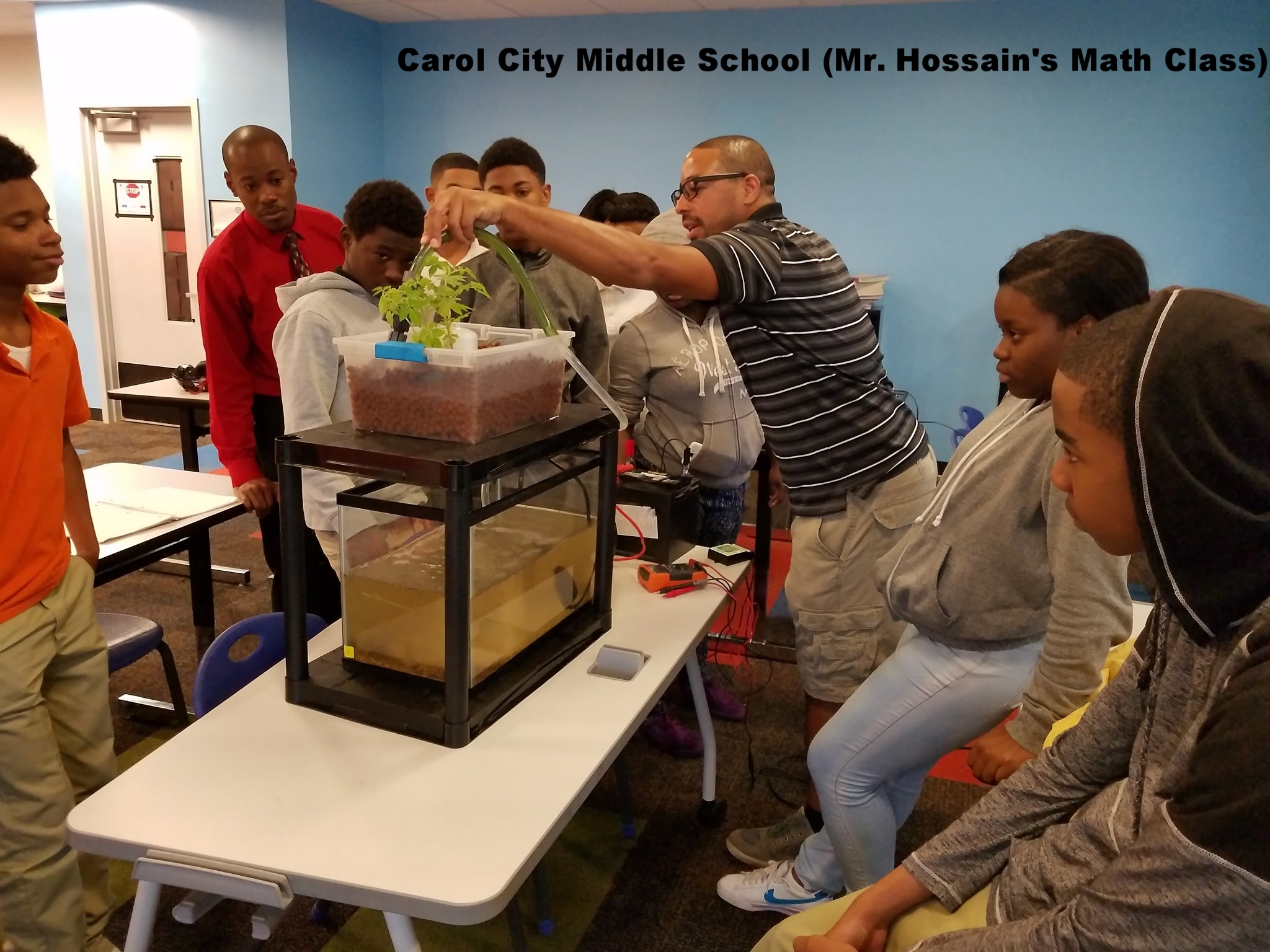

Engaging students in the sciences by making learning fun promotes a better understanding of general scientific methods and principles. Student participation in the design and construction of a small-scale aquaponic system may reinforce concepts from physics, hydrology and engineering, while maintenance of the system may complement lessons in chemistry, biology, ecology and agronomy. Aquaponic systems provide hands-on learning and practical ways to engage students and apply scientific knowledge gained from textbooks in the classroom to real-life problems. Students are challenged to critically think, innovate and derive solutions to pressing societal issues such as water conservation, agricultural pollution, adequate nutrition, and (overall) sustainability in a world with shrinking resources.
Expanding aquaponic systems to schools, family, and friends
1) Alpha Delta Kappa (Miami Chapter - Betty Stultz)
2) North Hialeah Elementary (Hialeah, Florida)
3) Whispering Pines Elementary (Cutler Bay, Florida)
4) Key Largo School (Key Largo, Florida)
5) Florida International University (Dr. O'Brien, SCE 4310 - Content & Methods of Teaching Elementary Science)
6) Miami Dade College Padrón Campus
No race can prosper till it learns that there is as much dignity in tilling a field as in writing a poem.
- Booker T. Washington

